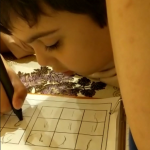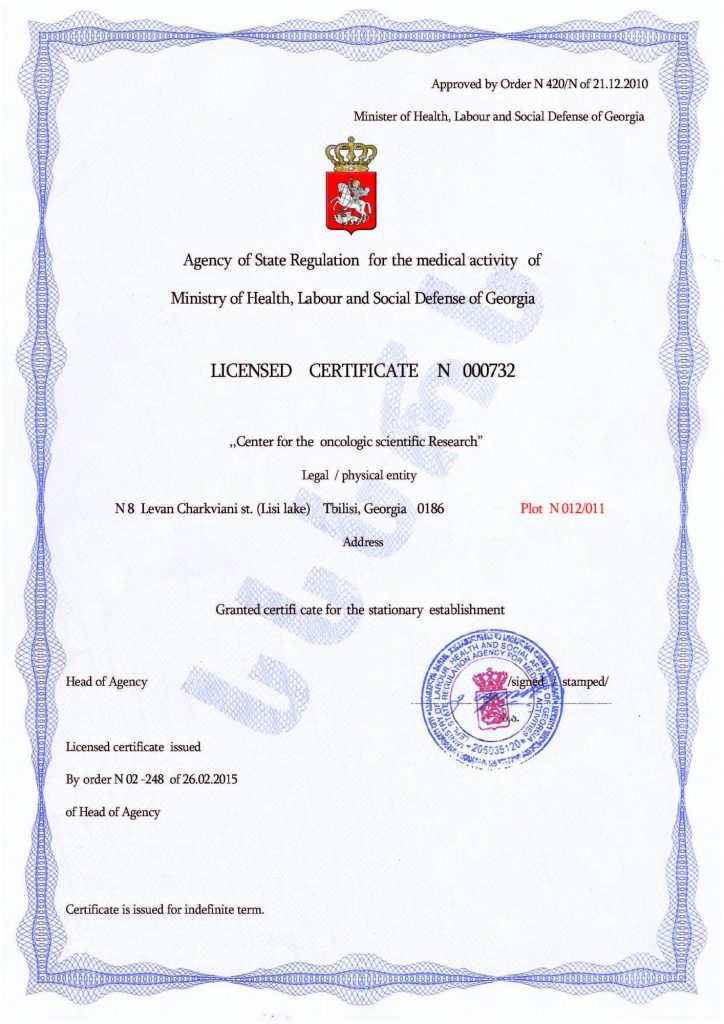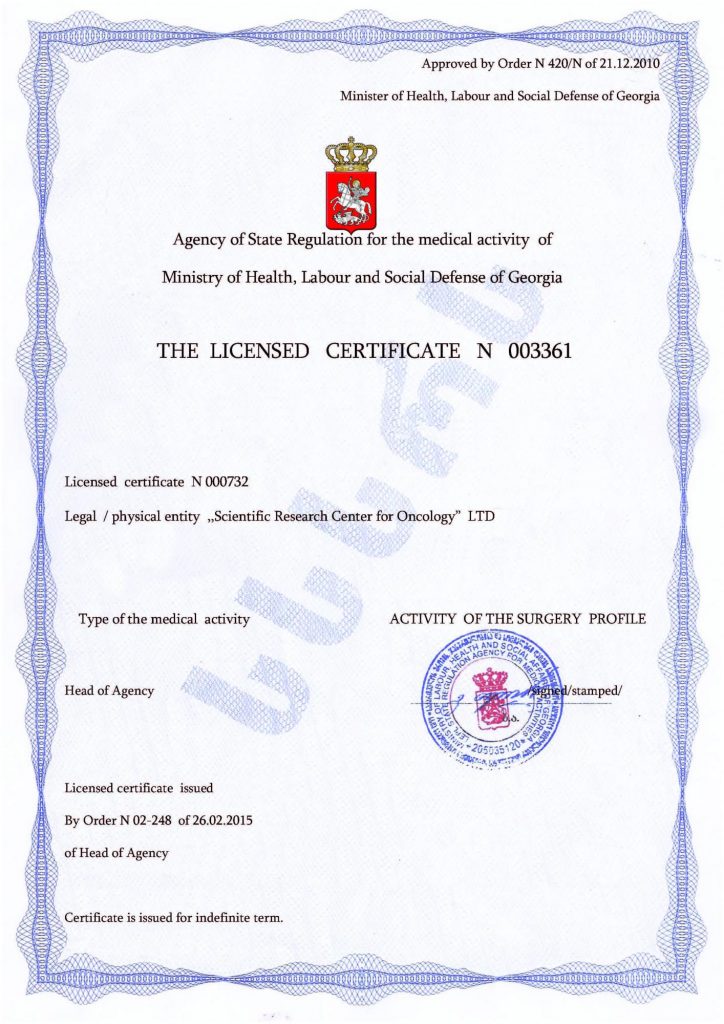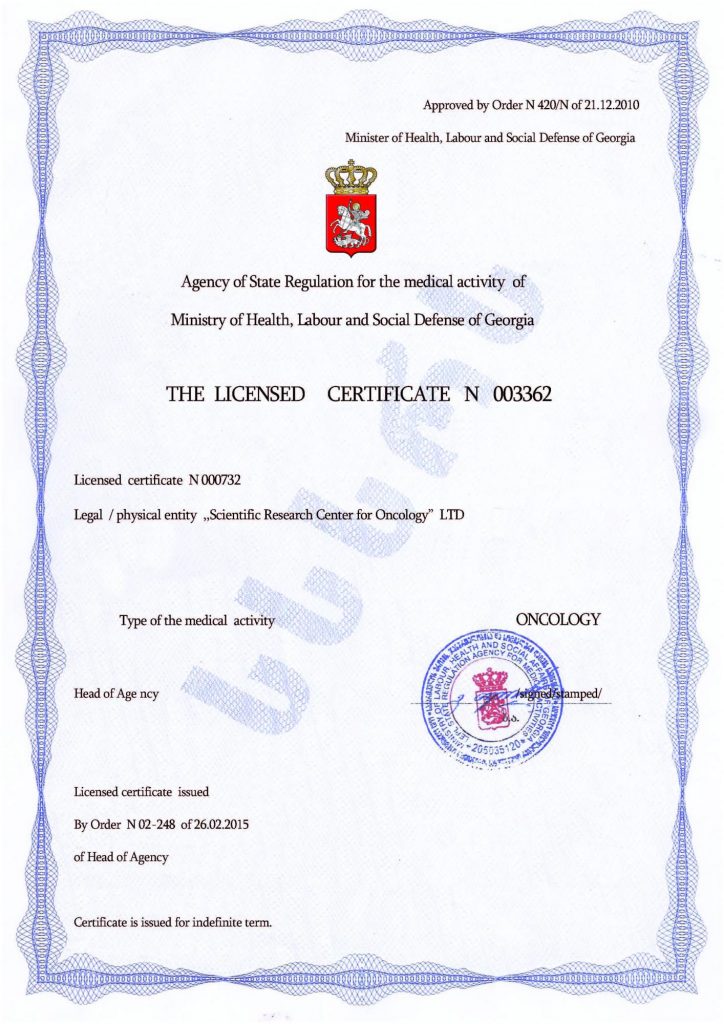Why Autism Diagnoses Are On the Rise: Key Factors and Insights
The increase in autism diagnoses in recent decades is a complex issue and can be attributed to several factors, rather than a single cause. Here are some key reasons why autism appears to be on the rise:
- Improved Awareness and Recognition
- Greater Awareness: There’s significantly more awareness and understanding of autism today than in previous decades. This has led to more parents, teachers, and healthcare providers recognizing the signs of autism earlier and more consistently.
- Better Diagnostic Criteria: The diagnostic criteria for autism have expanded and become more inclusive over time. In 2013, the American Psychiatric Association’s DSM-5 merged previously separate categories like Asperger’s Syndrome into the umbrella term “autism spectrum disorder” (ASD), leading to more diagnoses.
- More Professionals Involved: More healthcare professionals are trained to identify autism, leading to higher diagnosis rates.
- Improved Access to Healthcare and Services
- Better Diagnostic Tools: Advances in diagnostic tools and methods, such as screening questionnaires and developmental assessments, have made it easier to identify autism at an earlier age.
- Access to Early Intervention: Increased access to early intervention programs and healthcare services means that more children are being evaluated and diagnosed.
- Changes in Social and Cultural Factors
- Changing Social Expectations: Societal understanding of neurodiversity has evolved, leading to greater recognition of autistic traits in children and adults who may have been overlooked in the past.
- Increased Reporting and Recognition in Diverse Populations: Autism diagnoses are now being made more frequently in populations that were previously underdiagnosed, such as girls and certain ethnic or socioeconomic groups.
- Environmental Factors
- While genetics plays a significant role in autism, some researchers are exploring the impact of environmental factors. These may include prenatal factors, such as maternal health, exposure to certain medications, or environmental toxins, though definitive causes are still under study.
- Genetic Research
- As research on genetics continues, scientists are identifying more genetic variations linked to autism. While genetics are not the sole cause, they play a role in the increasing number of diagnoses.
- Changes in Definitions and Classifications
- Over time, the definition of what constitutes “autism” has broadened. In the past, only more severe forms of autism were diagnosed, but today, the spectrum includes a wider range of symptoms, from mild to severe, which means more children are diagnosed, especially those with milder symptoms.
- Better Reporting and Data Collection
- Increased surveillance and more robust reporting systems have helped capture data about autism rates more accurately across different regions and populations.
The apparent rise in autism diagnoses is largely due to a combination of improved awareness, better diagnostic practices, and expanded definitions. While there is ongoing research into environmental and genetic causes, it’s likely that these factors together are contributing to the increase in reported cases. However, it is important to note that the true prevalence of autism is difficult to quantify, as our understanding and definitions continue to evolve.
Autism Treatment Center Videos
Autism treatment with own stem cells
Cord blood association congress
International Quality Crown
Autism Treatment Reviews
Autism treatment with own stem cells
The story of Alessandro (6 years old)
Autism Patient Testimonial - Stem Cell Treatment
Clients Testimonials

Feedback from Yulia, mother of Emily (7 years old) Read More
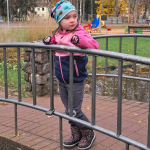
Feedback by Everita, Katrina’s mother (5 years old) Read More
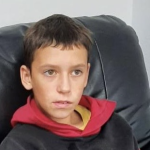
Feedback from Igor, David’s father (12 years old) Read More
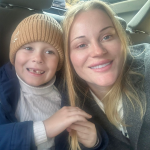
Feedback from Olga, Fedya’s mother Read More
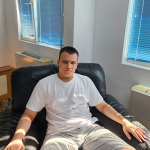
Feedback from Natalia, Radomir’s mother (15 years old) Read More
